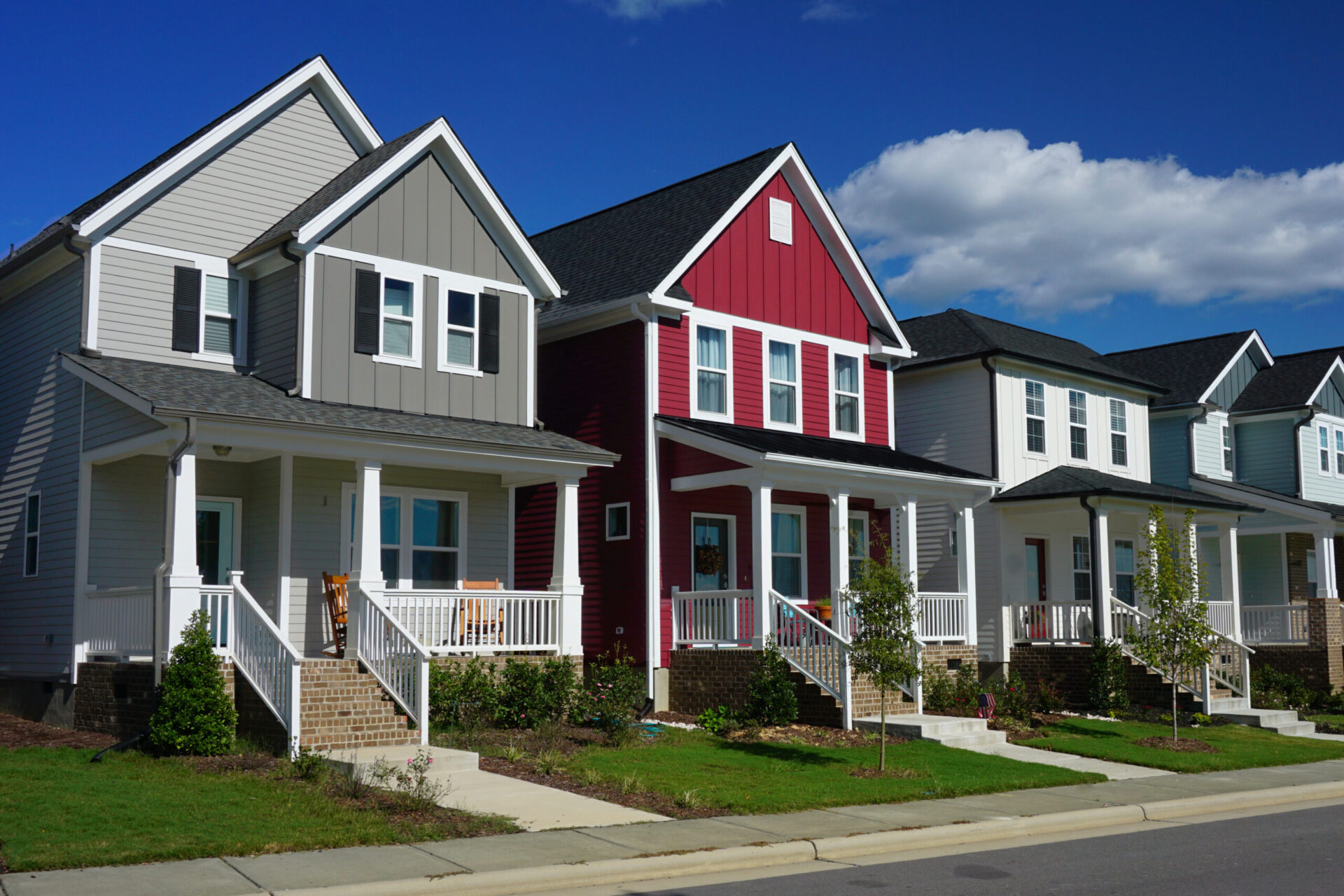Nearly 5.5 million homes are sitting vacant in the U.S.’s largest metros, but they’re not going to save the housing market.
LendingTree analyzed the latest U.S. Census Bureau American Community Survey data to find out what cities have the highest shares of unoccupied homes and why.
Their survey found that 5,475,687 housing units are vacant in the country’s 50 biggest metros, with a vacancy rate of 8.02% across them all.
New Orleans (16.11%), Miami (14.48%), and Tampa, FL (13.83%), have the highest vacancy rates, with 600,000 empty housing units vacant collectively.
Minneapolis, Austin, and Washington, D.C., have the fewest vacancies.
While it’s important to know the number of houses sitting empty, the reasons behind them are far more significant.
LendingTree found that most houses are temporarily vacant for a variety of reasons. More than a quarter of empty homes are waiting to be rented, while seasonal homes that are only used part-time accounted for more than 17% of properties.
New Orleans, for example, topped the list due to available rentals, while Miami and Tampa were pushed to the top three by vacation homes. Many well-off Americans invested in second homes during the pandemic housing boom, adding to empty stock in vacation hotspots.
An additional 8% are being repaired or renovated, with the owner expecting to occupy it again afterward.
As a result, the rate of unoccupied homes doesn’t necessarily help explain a city’s market dynamics unless the right elements are at play. If prices are high and vacancy rates are low, it can indicate a highly competitive market, for example.
Empty homes do pose a risk to homeowners when left unchecked.
The homes described in LendingTree’s analysis are typically well-maintained and don’t bring down the values of surrounding houses. But abandoned properties, which cause financial harm to both their owners and their neighborhoods, are a serious concern.
The share of abandoned properties being foreclosed on has risen for six consecutive quarters, following an overall increase in foreclosures in the wake of pandemic moratoriums expiring.
“That’s to be expected, as a handful of homeowners who can’t catch up on overdue mortgage payments just walk away from their properties,” Rob Barber, ATTOM CEO, noted of the upward trend.
He emphasized that while these “zombie properties” are increasing, they remain a minor concern when compared to the catastrophe of 2008.
“Abandoned properties pose almost none of the blight threats they brought a decade ago when far more homeowners were throwing in the towel after the Great Recession of the late 2000s,” he said.
Read More Articles:
How To Prevent Buyer’s Remorse
Rocket Pro TPO Raises Conforming Limits
Did Student Loan Debt Calculations Fuel A Housing Bubble That’s Ready To Burst?
Sign up for our newsletter.
